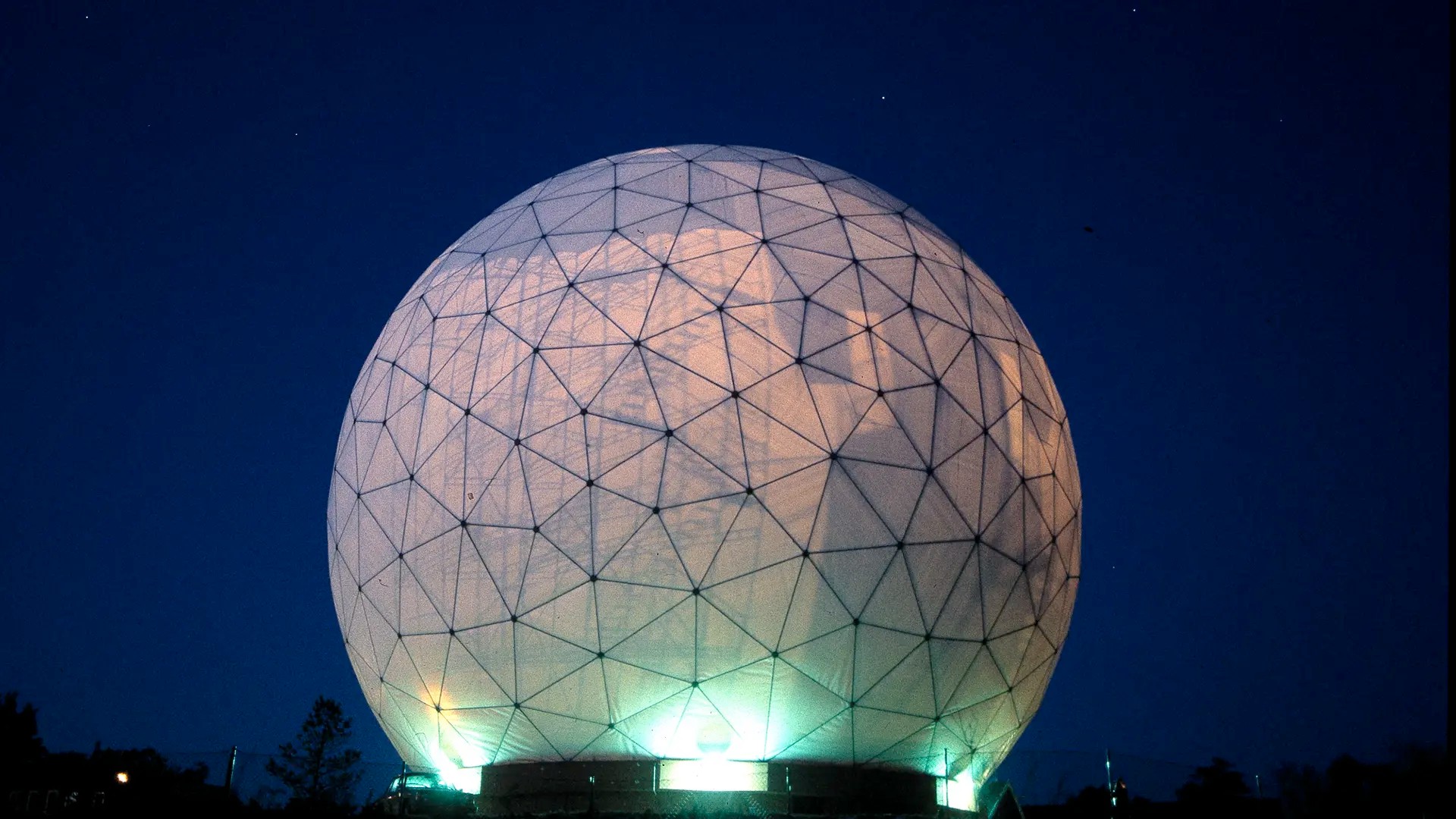
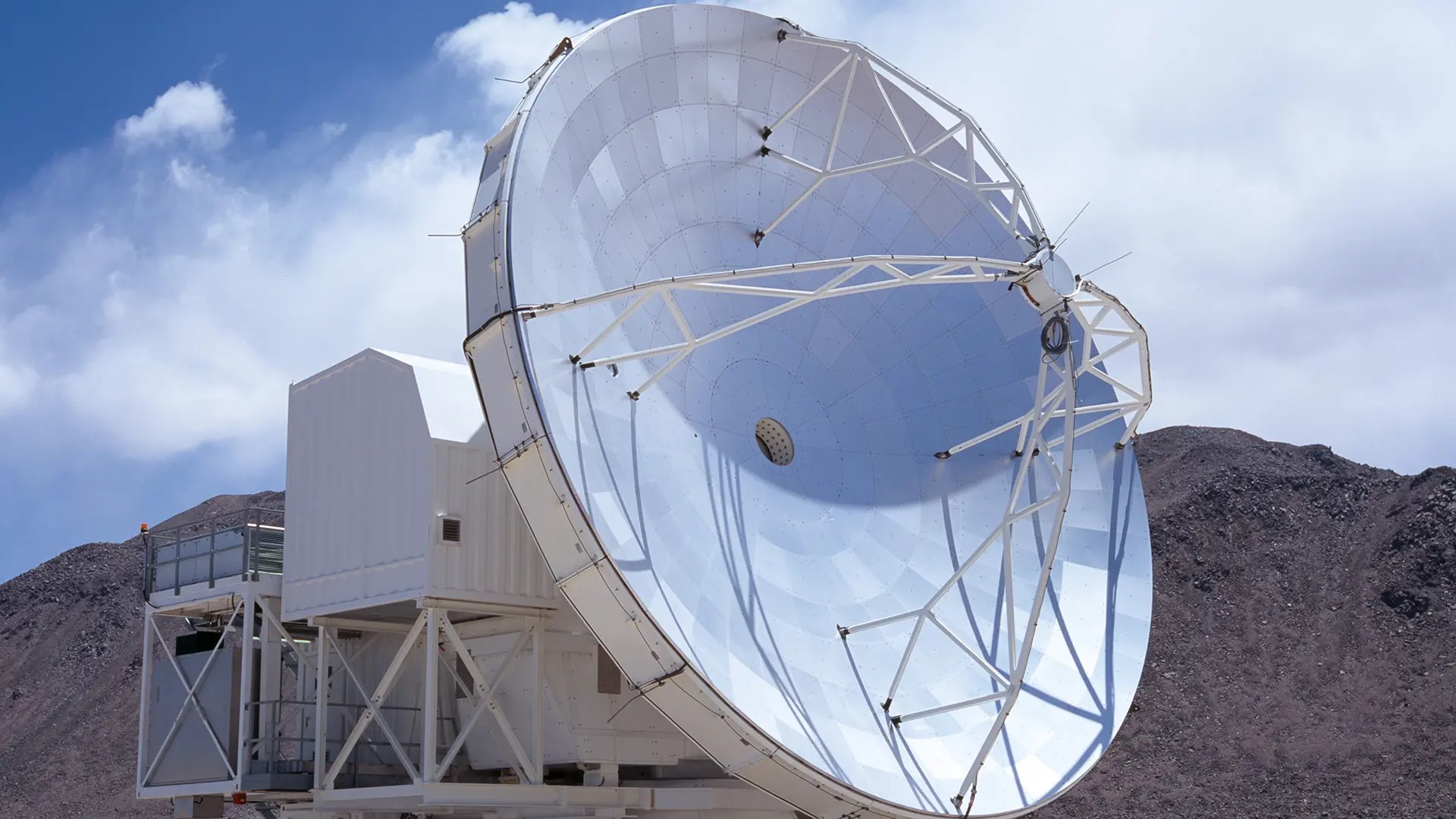

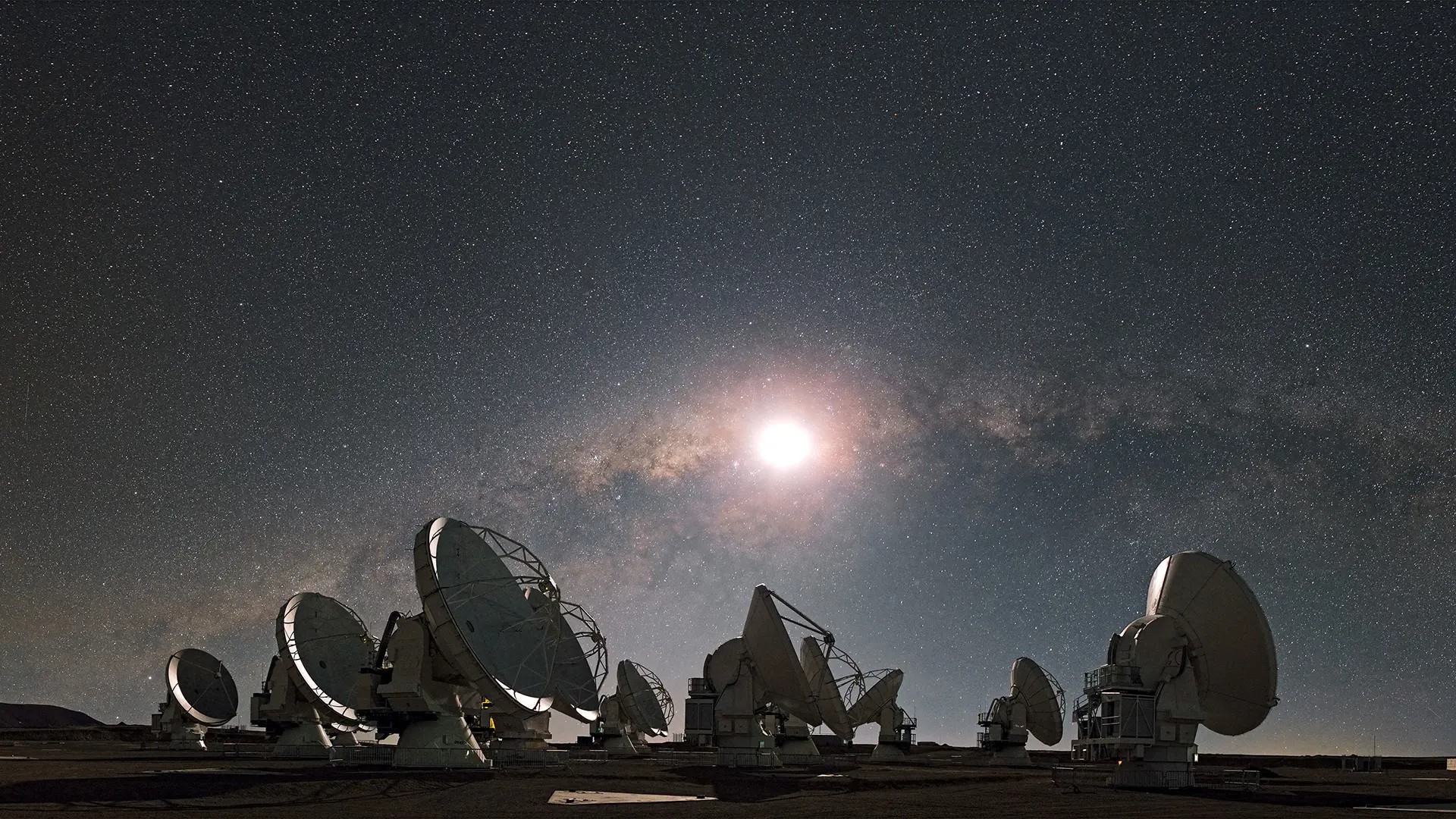
Onsala Space Observatory provides scientists with equipment to study the Earth and the rest of the Universe.
For computing facilities, see the National Facility Computing Infrastructure (NaFCI).
Radio astronomy facilities
Onsala Space Observatory provides scientists with equipment to study the Earth and the rest of the Universe. Facilities for radio astronomy are described here.
- Onsala 20 m telescope
- Onsala 25 m telescope
- APEX
- Astro VLBI
- LOFAR
- Odin
- SALSA
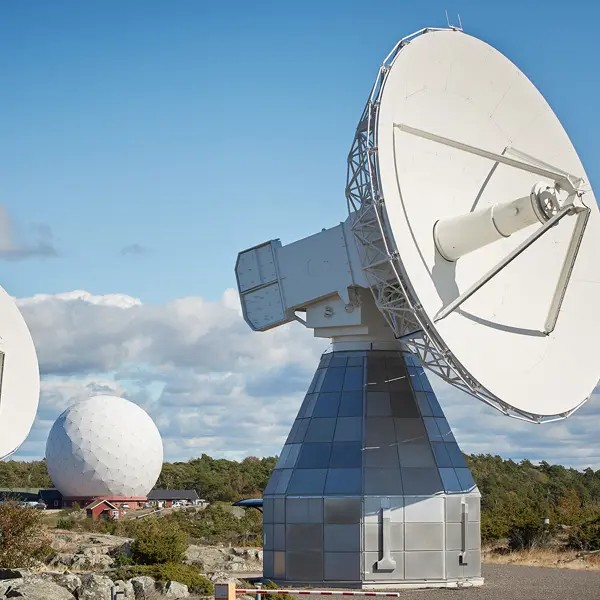
Radio astronomy facilities
Onsala Space Observatory provides scientists with equipment to study the Earth and the rest of the Universe. Facilities for radio astronomy are described here.
Technical developement
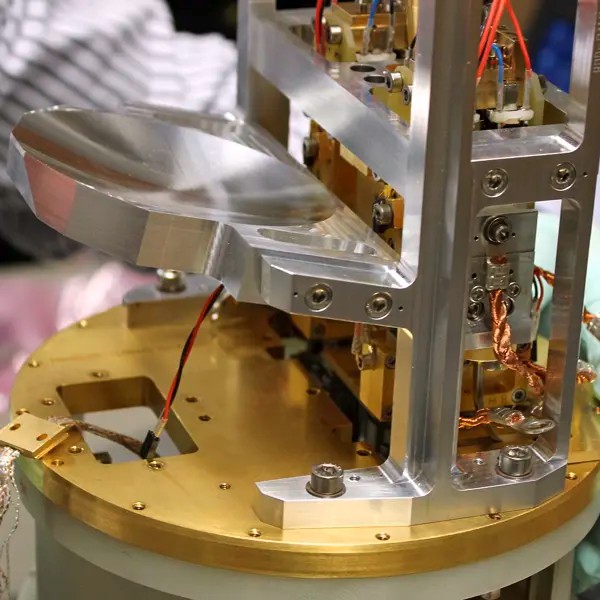
Technical developement
Onsala Space Observatory is active in developing technologies, components, instruments and methods for radio astronomy and Earth science observations.
Earth science facilities
Onsala Space Observatory is an internationally established geodetic fundamental station. We measure and study many global geodynamic phenomena, that is, we study how the Earth changes. That means that we do research on Earth rotation, reference systems, plate tectonics, land uplift, gravity changes, Earth and oceanic tides, earthquakes, and water vapour in the atmosphere. For the observations we use radio telescopes (the Very Long Baseline Interferometry, VLBI, technique), global navigation satellite systems (GNSS), remote sensing satellites, gravimeters, microwave radiometers, and tide gauges.
There is also a seismometer, belonging to the Swedish National Seismic Network operated by Uppsala University, located at the observatory.
- Geo VLBI
- GNSS
- Gravimeter
- Microwave radiometry
- Seismometer
- Tide gauges
- Time and frequency
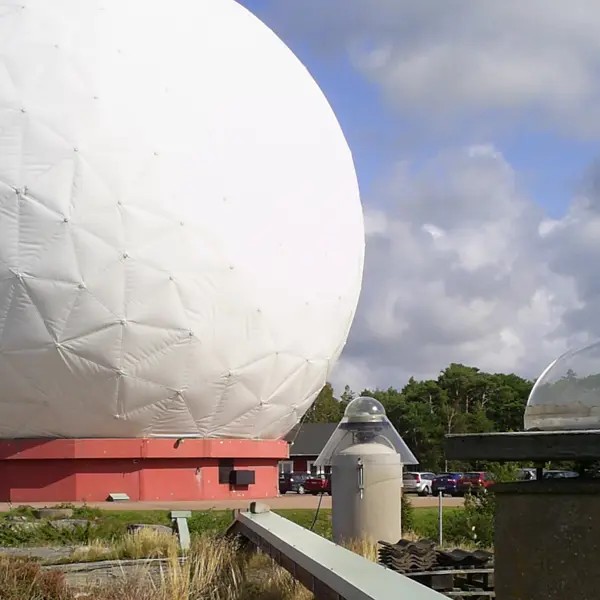
Earth science facilities
Onsala Space Observatory is an internationally established geodetic fundamental station. We measure and study many global geodynamic phenomena, that is, we study how the Earth changes.